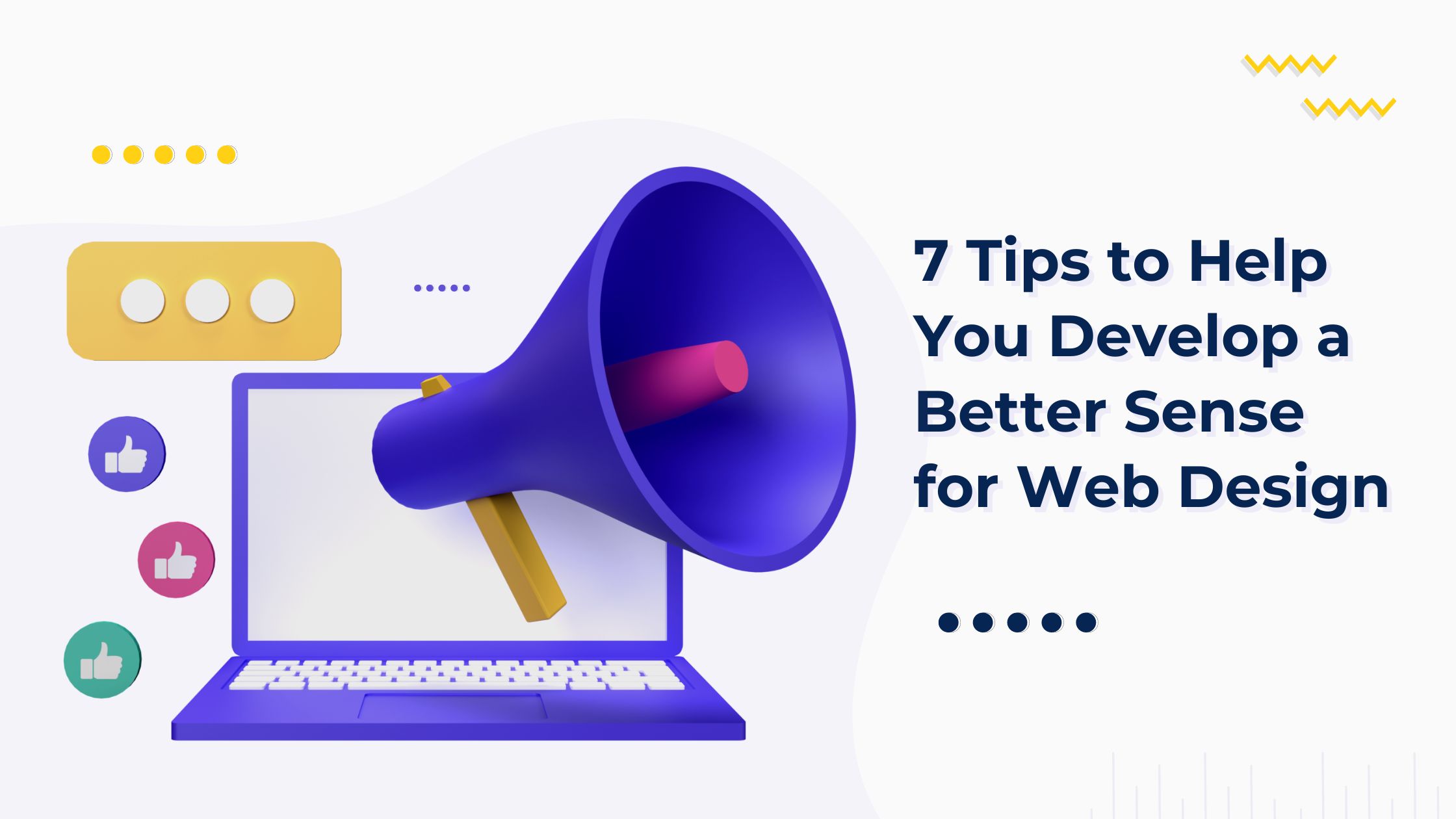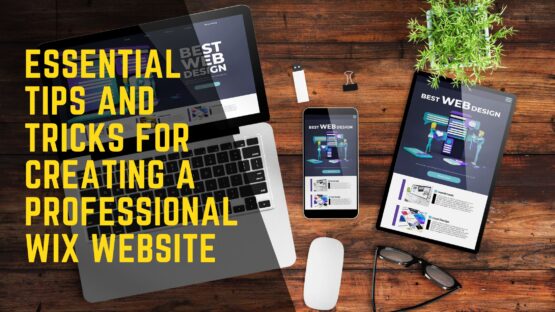It’s often said that you need to learn how to ride a bike before you can learn how to race one. In web design, the saying should be, you need to develop your sense of design before you can perfect it.
Although some designers may be able to start designing right away, it’s important to remember that designing requires knowing what works and what doesn’t work in web design, and having this knowledge takes time and practice to develop into a solid skill set.
To help you build up your skill set, here are 7 tips recommended by a professional Columbia web design company that will help you develop your sense of design.

- Stop procrastinating
There are thousands of free tools out there for creating great-looking websites. But some people can spend an hour fiddling with CSS and still not produce anything visually appealing.
The best way to learn how to make great web designs is just by making them. Whether you’re designing graphics, writing copy or putting together a website, practice makes perfect—and it’s never too late!
Take design criticism as advice: There will always be people who criticize your designs because they’re uninspired or they’re used to seeing only one type of site online. Try not to take their criticism personally; instead, try seeing it as advice on how you can become better at your craft.
- Master the basics
The basics of web design will give you the necessary knowledge of the different elements that contribute to good web design. Start by learning the basics of HTML, CSS and JavaScript.
Although we’re focusing on web design in particular, it is highly recommended that designers have at least an understanding of these programming languages and their purposes so they can communicate with programmers better when designing interactive applications and sites.
A designer without any sense of code is like a painter without any knowledge of colour theory! At the very least, find out what each language does so you know what kind of questions to ask your developer(s).
- Read, read, read!

The best way to learn web design is by reading about it—books and blogs about web standards, layout trends in major industries like technology or apparel, or even what other designers are doing.
And if you’re going to read about it, start with visual hierarchy. Visual hierarchy is a concept that originated in print design but has since made its way into web design. It essentially means that your eye should be drawn to what’s most important on any given page or screen first, then move down through secondary and tertiary elements.
Visual hierarchy is one of those things that seems intuitive when you see it done well—but can be difficult to execute on your own without some practice. Start with it first and implement what you read during your practice. You will see the results yourself after a week or two.
- Analyze industry news
Knowing about industry news will help you understand current trends and patterns, not only helping you do your job better but also giving you more career options as an option in web design.
As a bonus, it can help you discover new ideas that you wouldn’t have known otherwise. Of course, keeping up with news is easier said than done: a quick search on Google News reveals 998 results! Our advice?
Filter out everything except blogs or other websites run by professional web designers or people who specialize in analyzing web design. For example, Smashing Magazine’s editorial team knows what they’re talking about when it comes to web design—the same goes for most of their competitors.
- Learn from popular websites (or even apps)

If you’re trying to develop your sense of design, it might be tempting to take a close enough approach when you start out. However, if you take only that kind of approach, you might not understand what all of those elements do or why they exist.
The best way to get better at web design is to look at other people’s websites—particularly in your niche—and identify which ones are successful and why they’re successful. In many cases, the most successful sites are also pretty intuitive (users tend not to spend time wondering where something is), so taking note of how intuitive other designs are can help improve your own intuition.
- Experiment with colors and fonts

Experimenting with colors and fonts is a good way to learn what works and what doesn’t. Don’t be afraid to take chances here—you have just started practicing, after all, so you can put any crazy colors or fonts you want on it.
The worst that can happen is people stop visiting your site because they don’t like your selections; at that point, you know that specific color scheme or font isn’t suited for web design. If you like where things are going, keep working with it! If not, start experimenting with other hues and fonts until you find something that inspires!
- Finally remember, practice makes perfect!

Though you can read as much as you want and take classes, there is no substitute for hands-on learning. The only way to develop your sense of design, really learn what works and what doesn’t, and discover all of your personal preferences is by building websites.
After all, design is both an art and a science — but it’s still an art that takes practice. Learn how to choose good colors, fonts (serif or sans serif?), and images; test out page layouts; try different techniques. And then keep trying new things! Remember – do NOT copy existing designs; learn from other people’s work so that you can better figure out how to apply these lessons in ways that are unique to you and your style.




